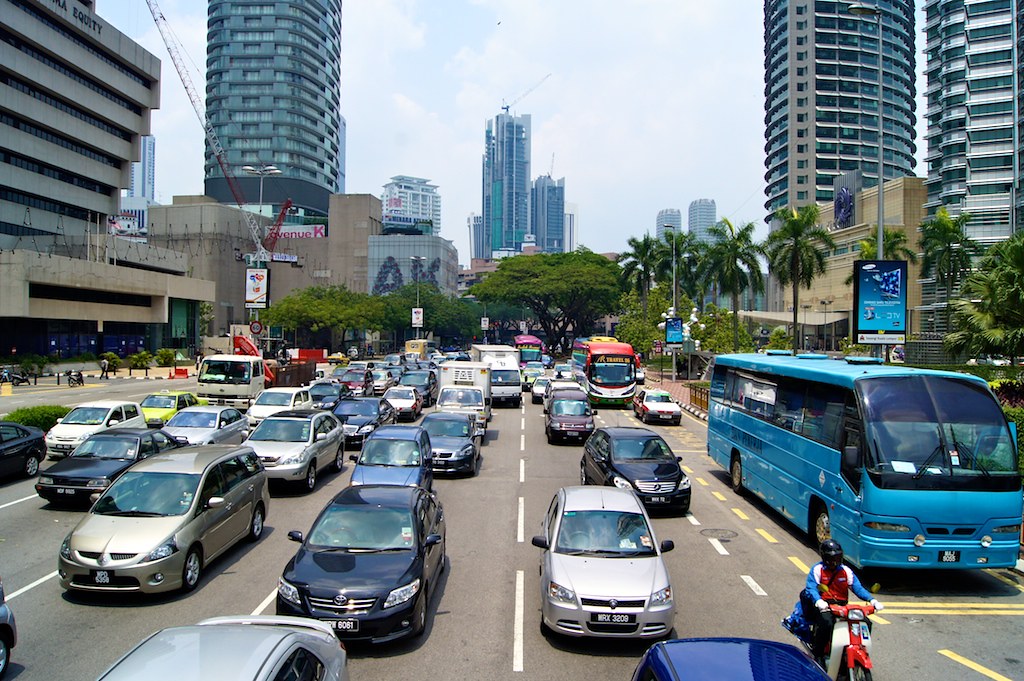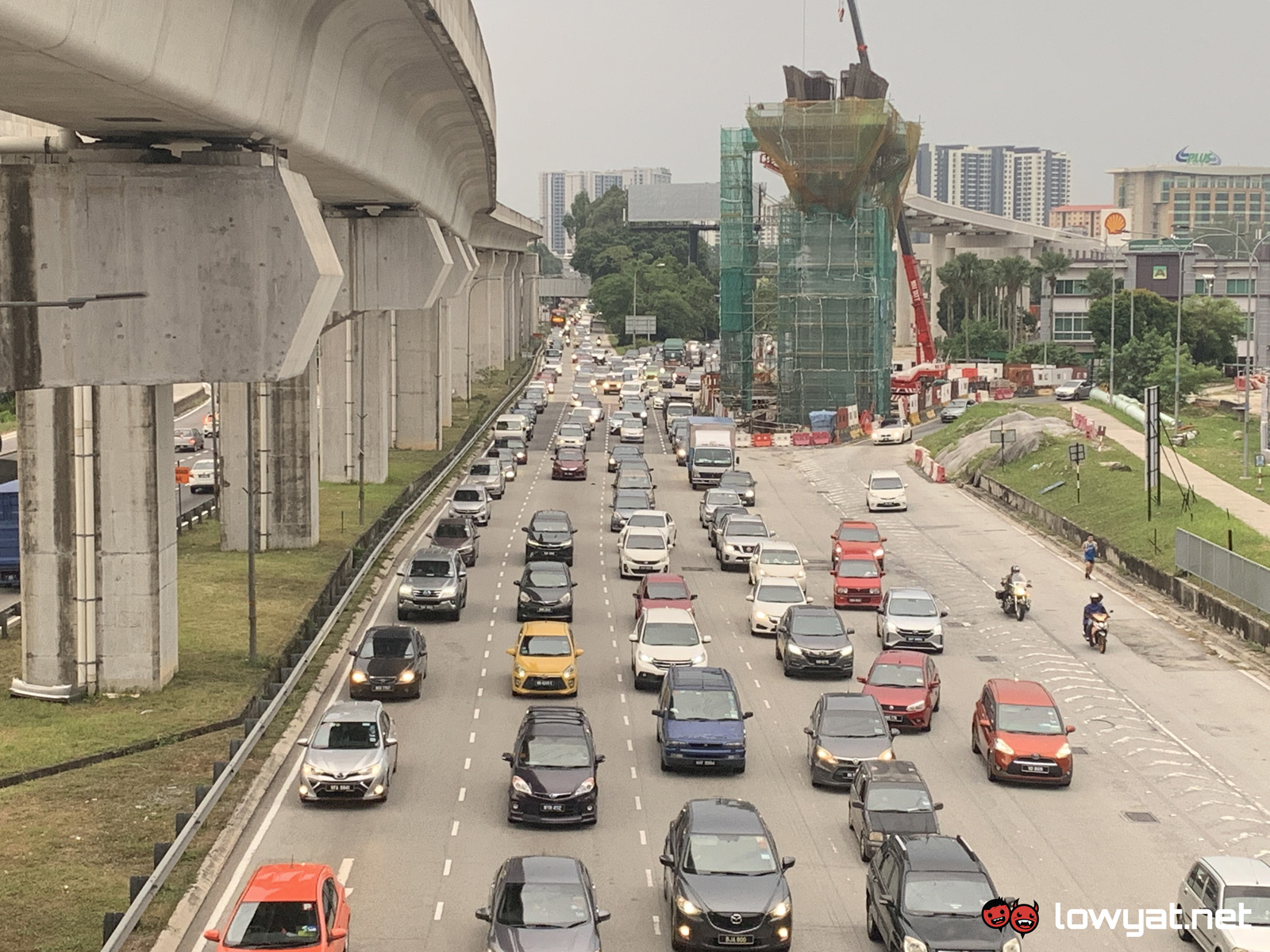According to Federal Territories deputy minister Jalaluddin Alias, DBKL has identified the Seremban-Kuala Lumpur Highway, Jalan Cheras, Jalan Istana, and the Pahang roundabout area as some of the roads that will see this method being implemented. “We will look in more detail at the implementation of tidal flow on the Seremban-KL Highway to disperse traffic in and out of the city centre during peak hours,” he said. The deputy minister added that the existing 4 KM-long tidal flow on Jalan Cheras will be extended to 8 KM, until Jalan Maharajalela. This method was apparently one of the medium-term solutions decided by a special traffic task force committee to tackle the issue of traffic congestion in KL. DBKL has also identified 13 locations that are hotspots for congestion in the city, including Jalan Kuching, Jalan Yew, Jalan Ampang and Jalan Tun Razak. Moreover, Jalan Lingkaran Tengah 2 Kuala Lumpur (MRR2) near the Bandar Tasik Selatan area will be permanently expanded to three lanes.
Traffic jams in the capital have gotten so bad that the Road Transport Department (JPJ) has started to crack down on heavy vehicles entering the city during peak hours, which is a violation of existing policies. DBKL is also in the midst of studying traffic light coordination to make traffic flow more efficiently, something that Ipoh recently implemented. In the long term, the government has approved several new highways to be built in Klang Valley to reduce congestion, although the Works Minister admitted that this was not guaranteed to work. The Transport Ministry is also mulling over imposing a congestion fee for vehicles entering the city to encourage the use of public transport. (Source: Bernama)

